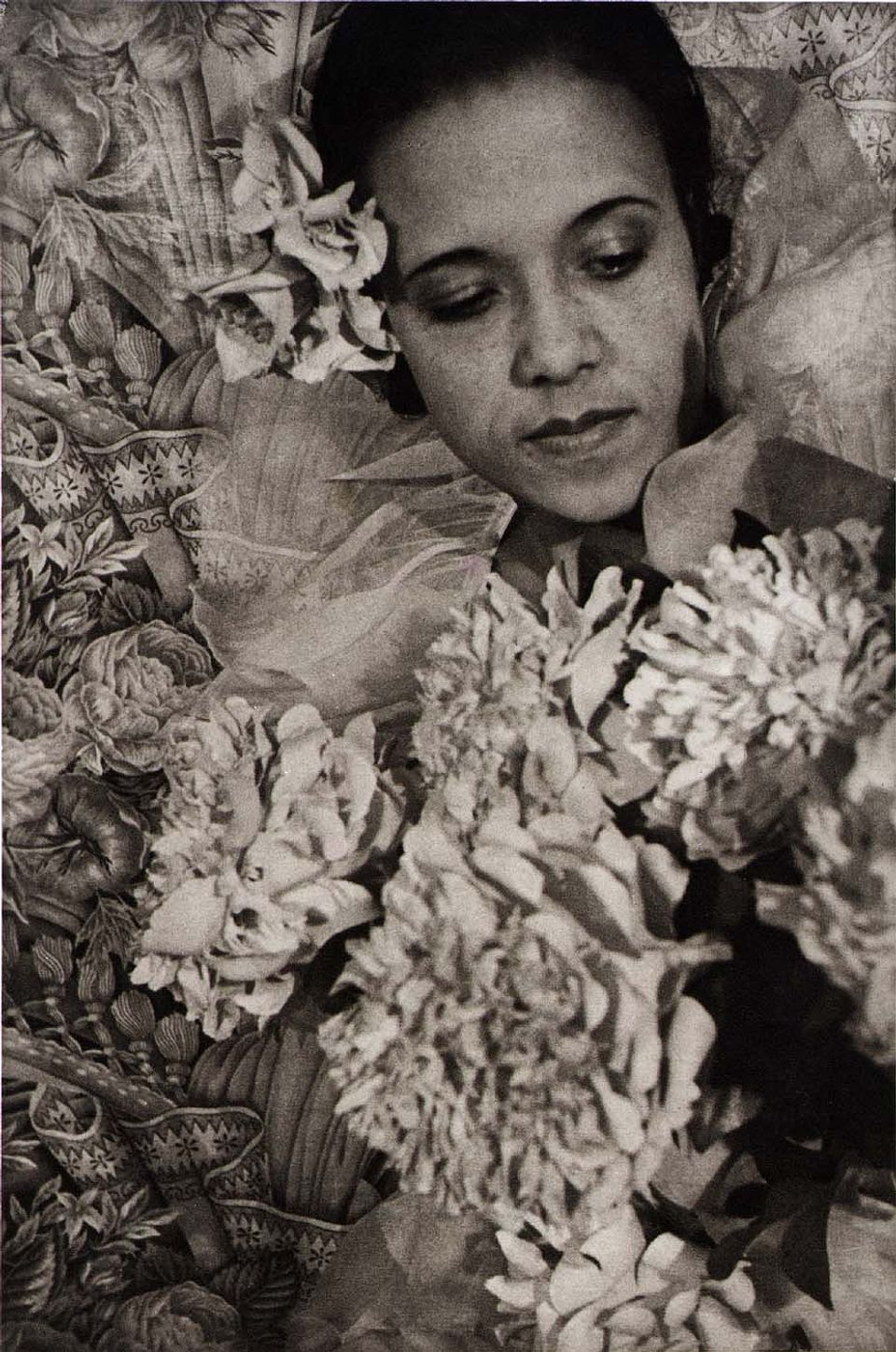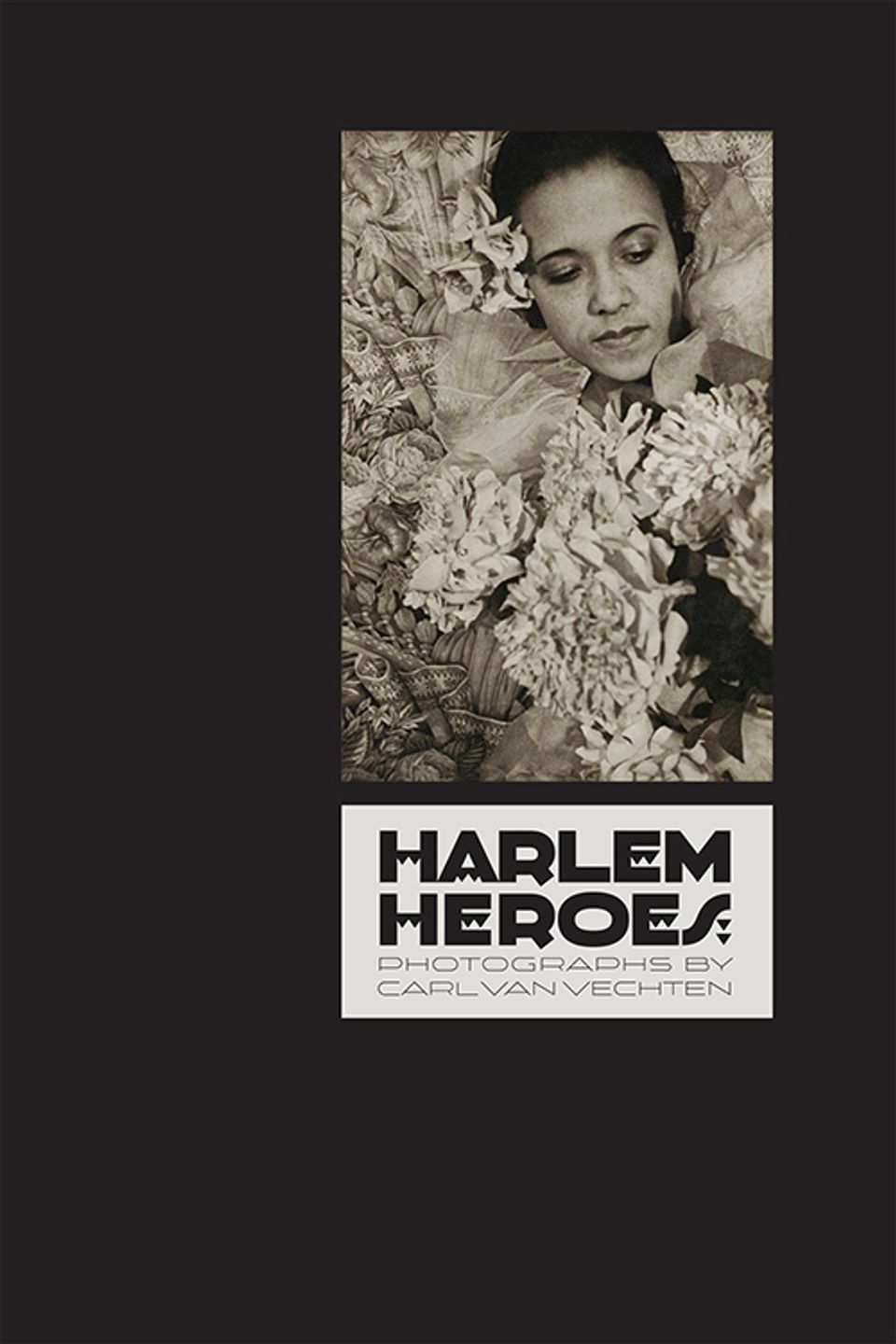Artist
Carl Van Vechten
born Cedar Rapids, IA 1880-died New York City 1964
Works by this artist (15 items)
Exhibitions
August 25, 2016–April 1, 2017
At the height of the Harlem Renaissance, Carl Van Vechten (1880–1964) picked up a camera and discovered the power the photographic portrait has over the photographer himself.















